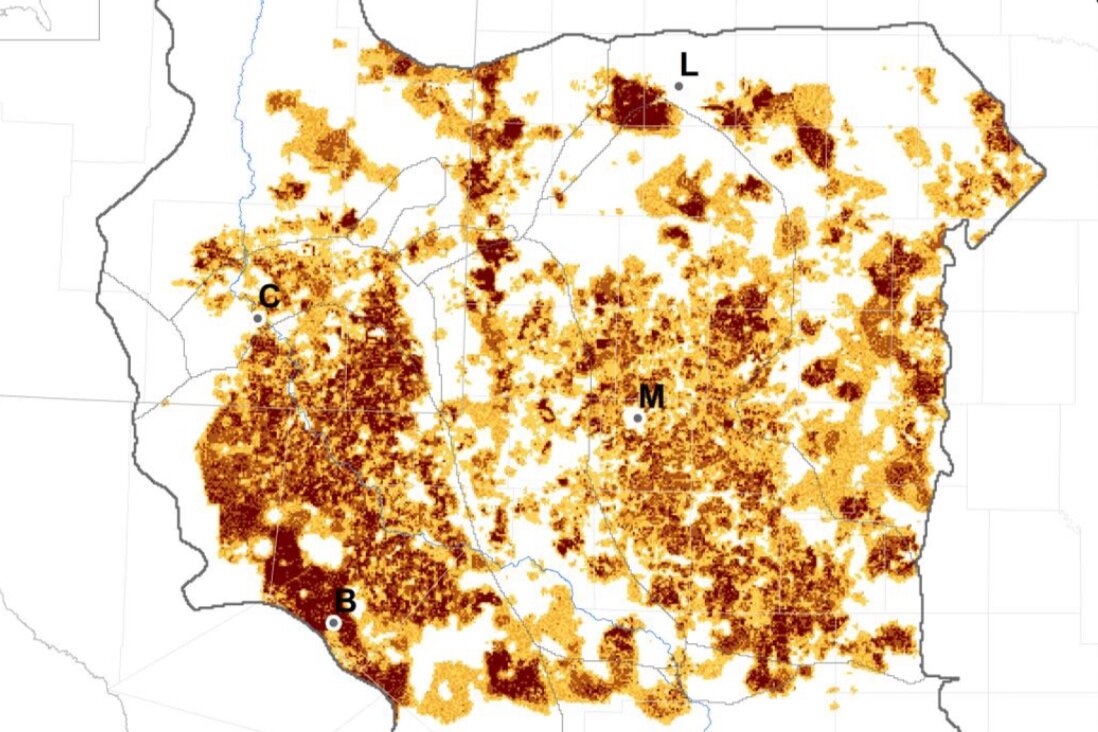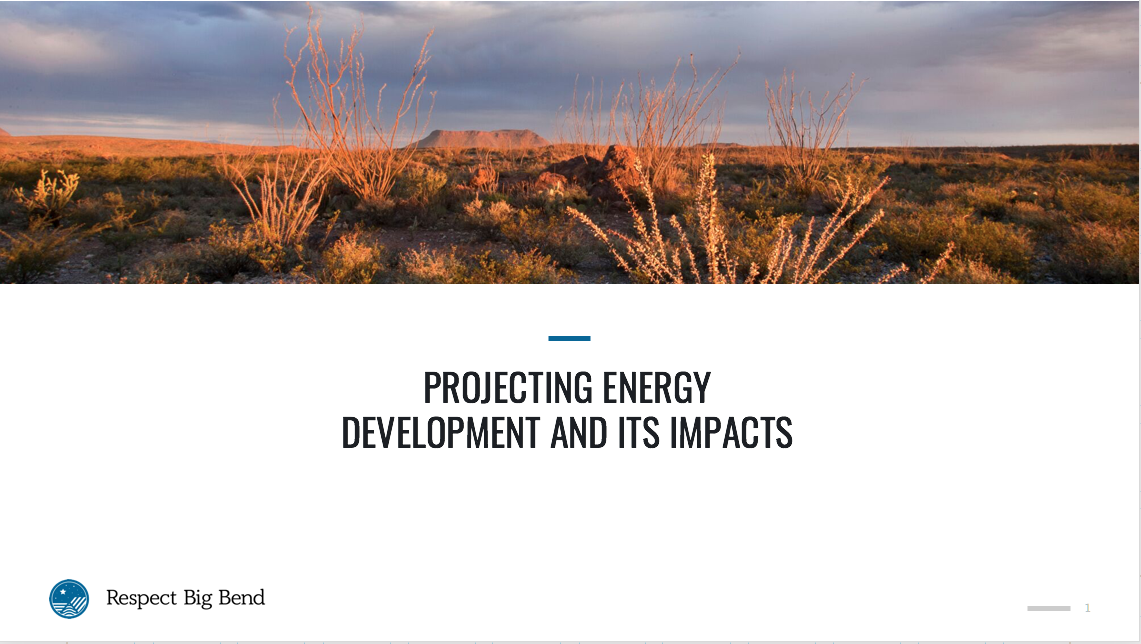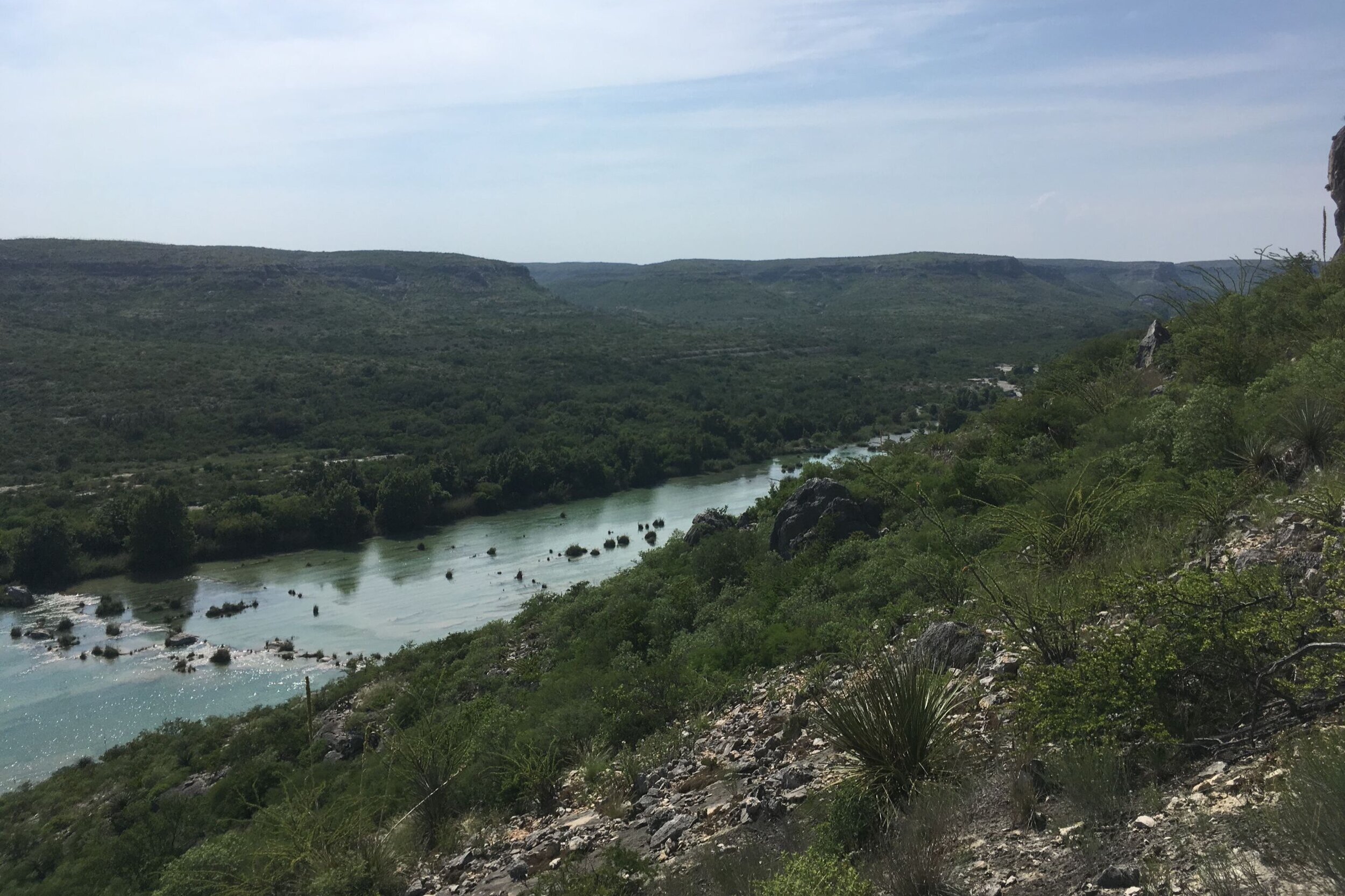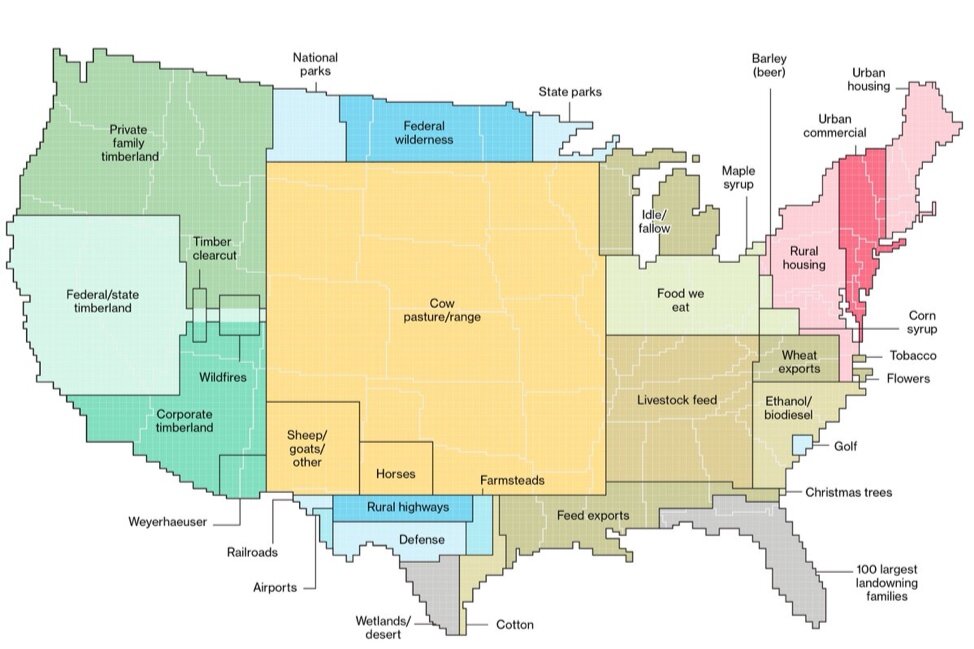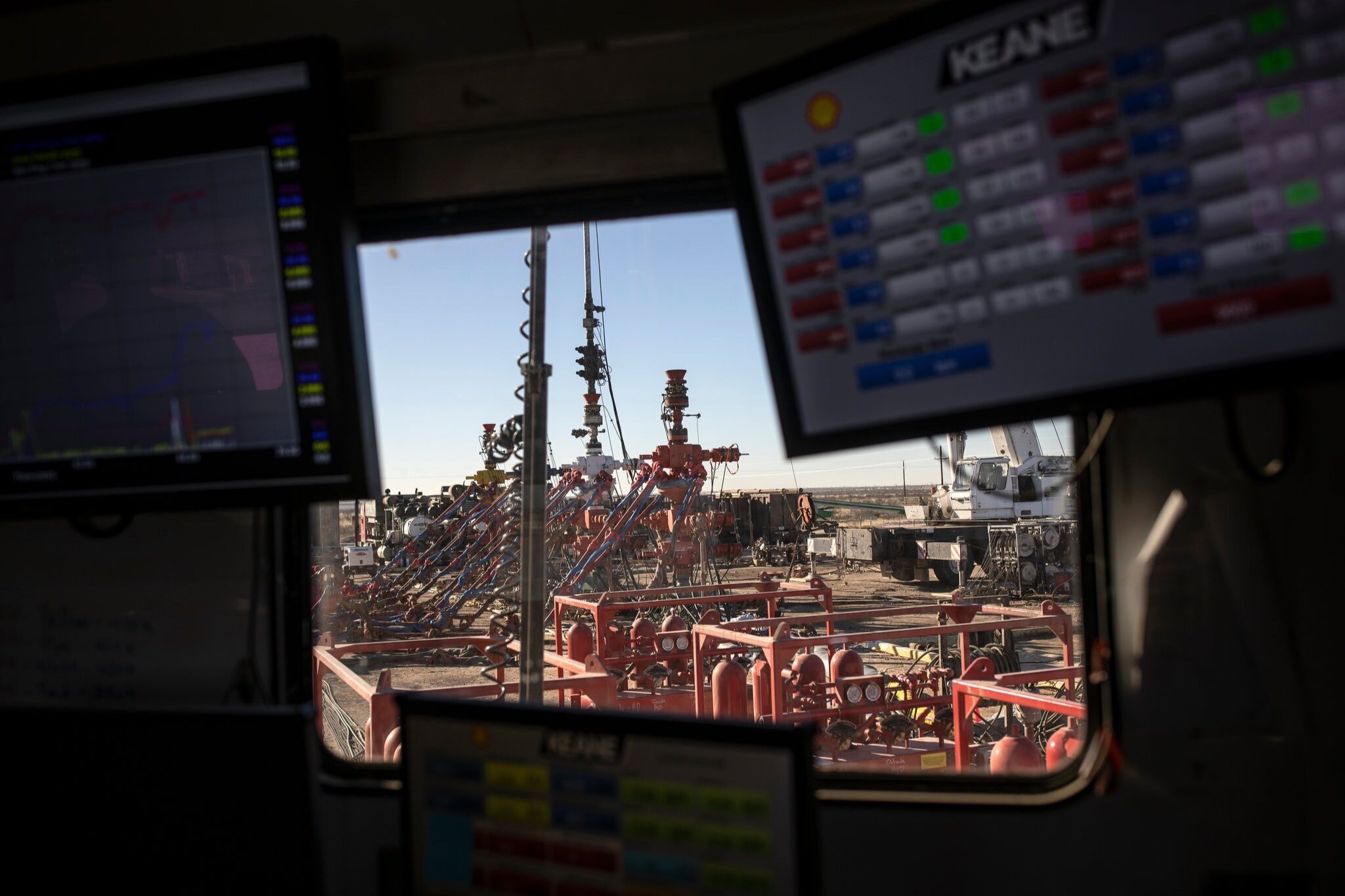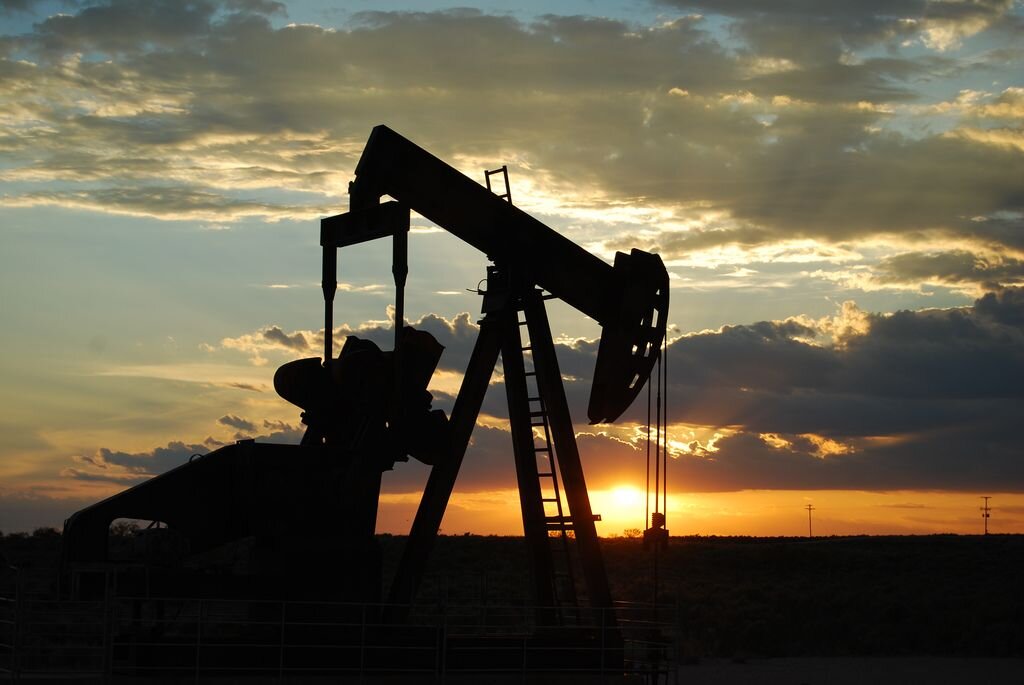
ENERGY DEVELOPMENT
If Americans are going to make a dent in reducing carbon emissions — and polling suggests they want to — they are going to have to grapple with the tradeoffs required. An effort in West Texas offers a roadmap for helping people work through the issues.
In West Texas, a team of scientists and outreach professionals brought together private landowners, elected officials, energy companies, community members and others to develop a blueprint for producing energy while preserving the conservation values important to rural communities.
Projecting landscape impacts from energy development is essential to land management decisions. The authors forecast landscape alteration resulting from oil and gas well-pad construction across Permian Basin by projecting current landscape trends through 2050.
Optimism in West Texas is in short supply these days. But a look back at our recent history of energy booms and busts reveals a lesson in finding opportunity through adversity – and a possible path forward through difficult times.
Oil and gas production dominates further north, but solar and wind farms are likely to be more common in the Big Bend area.
Marilu Hastings is the vice president of sustainability programs for the Cynthia and George Mitchell Foundation — the primary funder of the Respect Big Bend initiative. She discusses the impetus for helping start the initiative.
Dr. Michael Young is a scientist with the Bureau of Economic Geology at UT Austin. He’s been working with a team to study energy projections in Far West Texas.
Michael Young, PhD of the Bureau of Economic Geology at the University of Texas at Austin made this presentation at The Big Bend Seminar Series on Energy Development at the Espino Conference Center at Sul Ross State University in Alpine Texas on January 15, 2020. Per Dr. Young, the projections cited should be considered preliminary an subject to change.
Turbines bring clean energy, but they’ve fundamentally changed people’s view of this pristine corner of West Texas.
The landscapes of West Texas, like much of the western United States, are iconic — home to working cowboys, open spaces and some of the most intact landscapes remaining on the North American continent. As domestic and international energy usage continues to rise, this region has become the center for America’s energy future. At the same time, will local communities have a say in the fate of their land?
Texas is the only energy-producing state without systematic laws, regulations or incentives to protect land resources and surface owners from damages caused by energy development.
Turbines would use excess gas from drilling sites to power fracking equipment.
The producers of The Rational Middle of Energy, in collaboration with the Cynthia and George Mitchell Foundation, will introduce “The Long Game,” a short-documentary series that addresses energy development's impact in the greater Big Bend region of far West Texas, and what is being done to minimize impact to landowners and communities and conserve this unique area's natural resources.
A recent Bloomberg article (Here’s How America Uses Its Land) broke down how the United States is carving up the 1.9 billion-acre land mass of 48 contiguous states into a collage of cities, farms, forests, and pastures that we use to feed ourselves, and create value for business and recreational use.
Lobbyists are challenging the value of subsidies Texas gives to wind-power companies. It’s part of a larger effort to weaken the renewable-energy industry.
In a global collapse of oil prices five years ago, scores of American oil companies went bankrupt. But one field withstood the onslaught, and even thrived: the Permian Basin, straddling Texas and New Mexico.
A combination of technical innovation, aggressive investing and copious layers of oil-rich shale have transformed the Permian, once considered a worn-out patch, into the world’s second-most-productive oil field.
Texas continues to grow and prosper for many reasons and, as Texans, we should be forever thankful. We tend to possess an old-fashioned work ethic that marries friendilness, diligence, and a unique adaptibility. We have a favorable tax structure and a prudent, although sometimes lenient, regulatory environment; a pleasantly warm climate most of the year; and vast, magnificent topography and ecoregions, from the East Texas Pineywoods, Gulf Coast waters, and farmlands of the Rio Grande Valley to the windswept high plains of the Texas Panhandle and rugged moutains and biodiverse deserts of West Texas.
The Permian Basin, the heart of American oil country, is where the massive oil and gas boom is changing not just Texas but also the nation and the world.
Notwithstanding soft oil and gas prices, the Texas energy industry is booming. Nowhere is this more evident than in the West Texas Permian Basin. This dramatic growth has not only meant more oil wells but also an expansion of drilling closer to the ecologically sensitive Trans Pecos/Davis Mountains region.
The tax rate hasn't changed since the 1950s, but some say it's time for an update.
The continuing downward trend may affect local economies from Houston to the West Texas oil fields.
An unprecedented drilling boom in the Permian Basin is great for business. But it’s polluting the air, overwhelming communities and threatening the planet.
The Permian Basin in West Texas leads the nation in oil and gas production. Midland and Odessa have long been the heart of this industrialized desert. But oil and gas development is expanding outward. In the past year, drilling operations have moved south and west into a region long written off as undevelopable.
A geologist’s perspective on the environmental impact of fracking. Does it affect water quality? Does it cause earthquakes?
A geologist presents the basics of hydraulic fracturing, or fracking, and explains why it’s being used to obtain energy.




